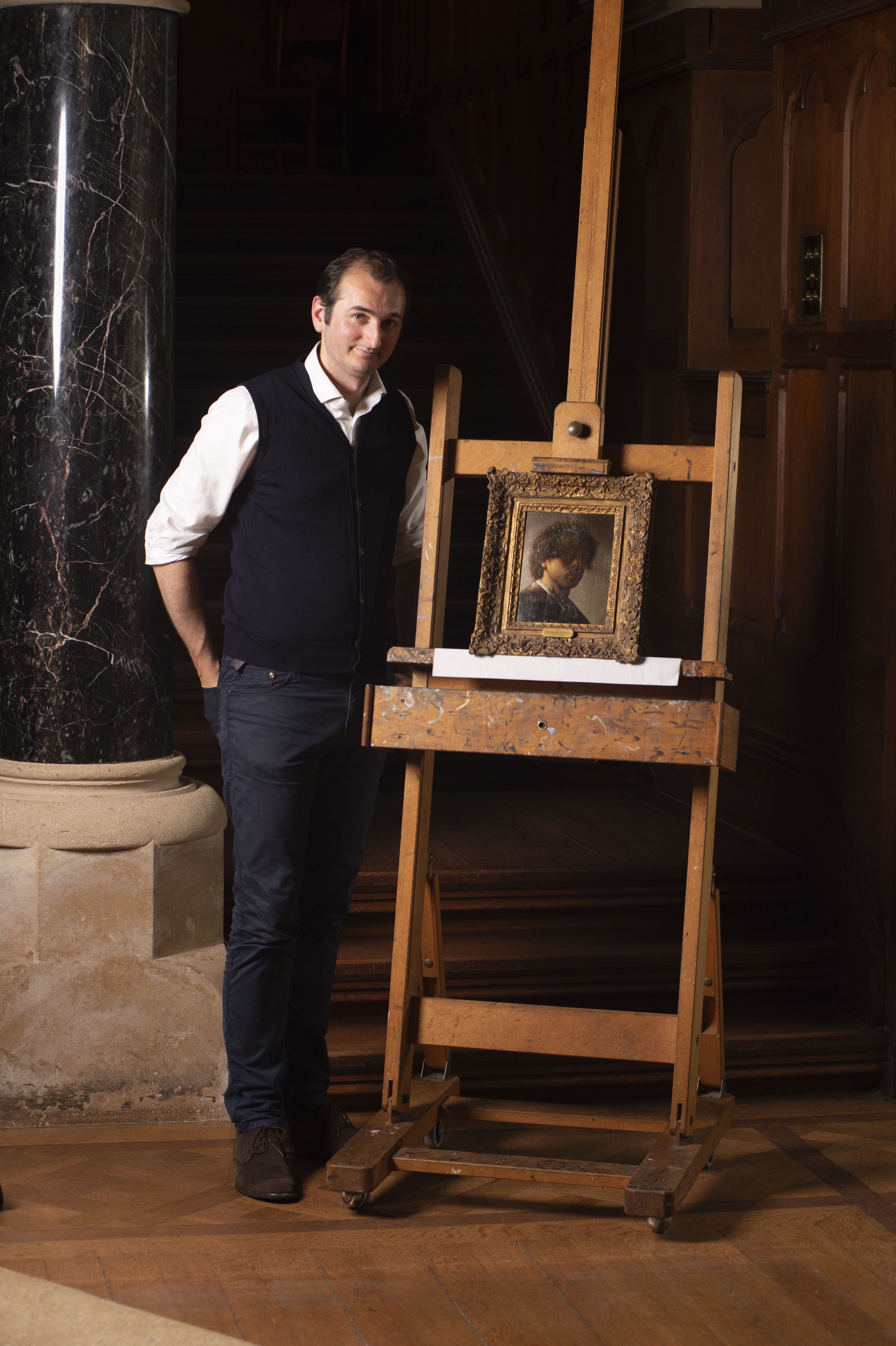Rembrandt portrait under spotlight in Lost Masterpieces
The programme investigated whether the copy of a self-portrait by Rembrandt was in fact by the Dutch master.

Experts were disappointed when a Rembrandt portrait was found to be a copy in the latest episode of Britain’s Lost Masterpieces.
The picture, at the National Trust’s Knightshayes in Devon, was put under the spotlight in the BBC Four show, which seeks to uncover hidden treasures among painting collections using a combination of restoration, research and scientific analysis.
Art historian Dr Bendor Grosvenor wanted to investigate whether the copy of a self-portrait by Rembrandt was in fact by the Dutch master himself.
However, despite research and analysis, through a journey that took Dr Grosvenor to the Netherlands and Germany as well as to specialist studios in the UK, the final word from the world’s leading Rembrandt expert, Ernst van de Wetering, was that the Knightshayes portrait is a copy.
The portrait of the young Rembrandt Harmenszoon van Rijn (1606-1669) was bought for Knightshayes in 1948.
For many years, it has been regarded as one of two copies of a self-portrait by Rembrandt, with the other copy in Kassel Museum in Germany and the original in the Rijksmuseum in Amsterdam.
Knightshayes house manager Kate Churchill said: “Bendor Grosvenor saw a creativity and flamboyance in the Knightshayes portrait that was not typical of the way artists faithfully copied originals, and he also noted differences between our portrait, the other copy and the original.

“He suggested that rather than copies by his students, Rembrandt had actually painted all three as a series of self-portraits, to try out his technique and style at a defining moment in his career.”
Churchill said the painting underwent various tests and analysis including dendrochronology (tree dating) on the wooden panel, specialist cleaning and infra-red and x-ray photography to determine aspects such as the background technique and whether it was consistent with the way Rembrandt prepared his portraits.
“There were some compelling results but, sadly, not enough to enable Knightshayes’ little portrait to be re-attributed as a Rembrandt,” she said.
“But we are still very excited by the fact it was painted in his workshop, by one of his own students, and we’d love our visitors to come and see the painting in a new light and discover its story themselves.”




